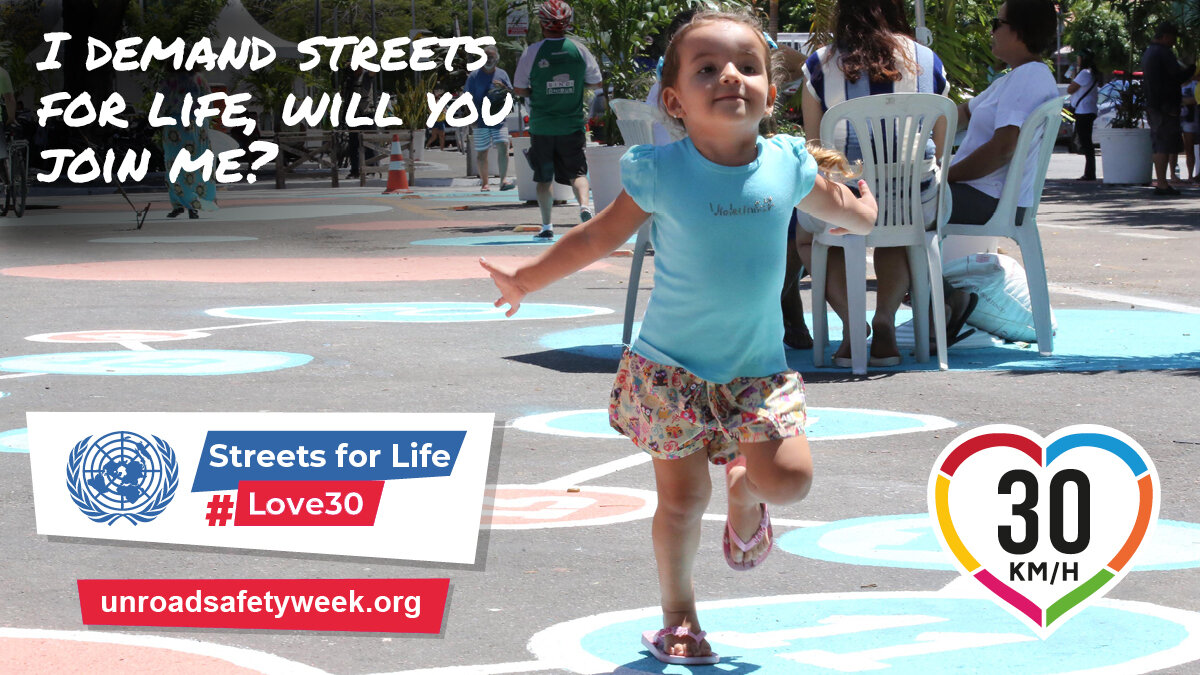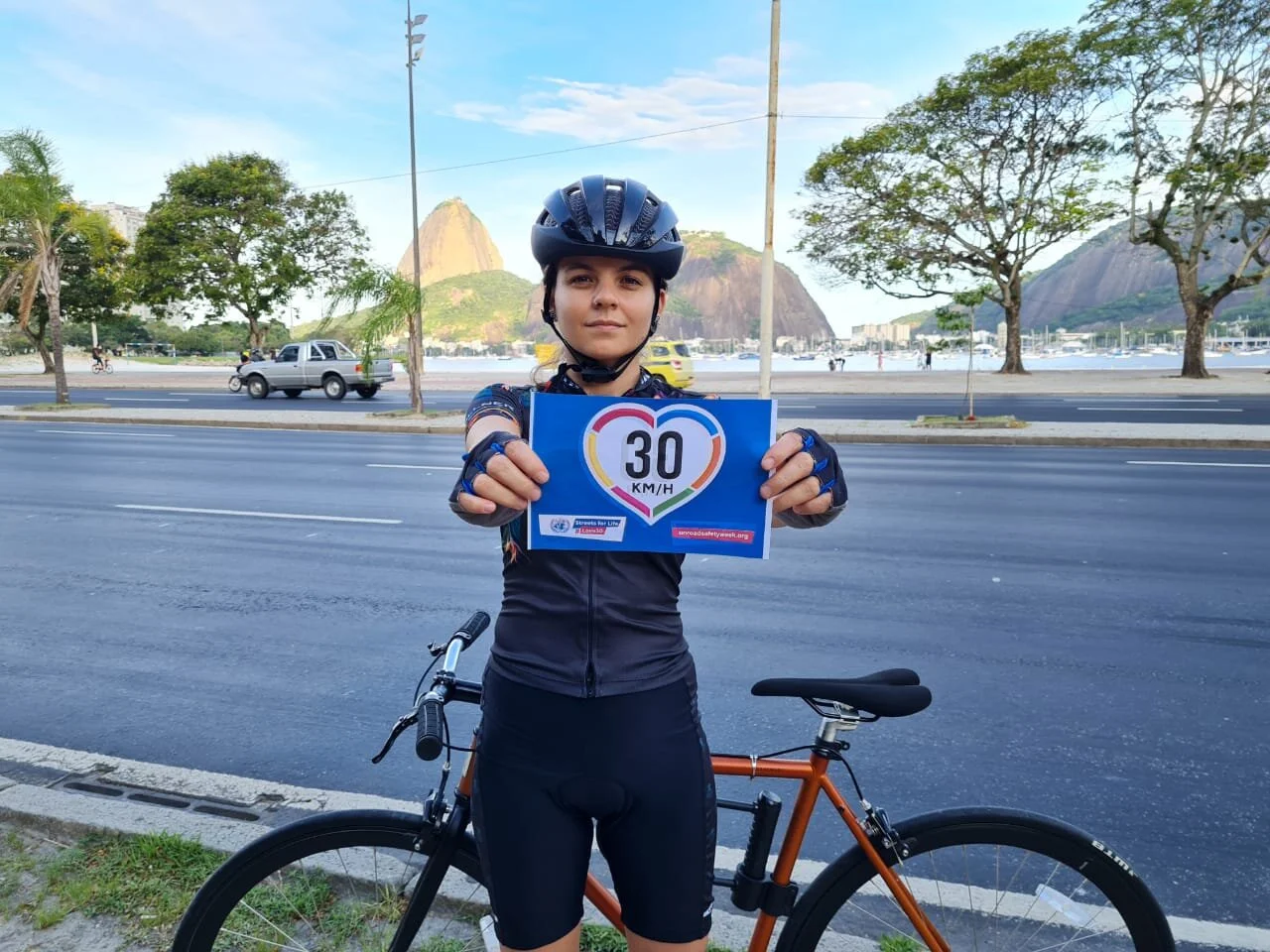UN Road Safety Collaboration launches #StreetsforLife and #Love30 campaign
Earlier this week, March 18, UN Road Safety Collaboration (UNRSC) announced the launch of the StreetsforLife #Love30 campaign for UN Road Safety Week set this May 2021. This year’s theme will focus on reduced speed and how tackling speed limits will help meet SDG Target 3.6 and reduce road-related deaths by 50% by the year 2030.
The #StreetsforLife and #Love30 campaign calls for all to shift towards a new 30 km/h approach as the new normal to liveable streets. A 30 km/h or 20 mph speed helps make streets that are healthy, green, and livable.
30 km/h streets save lives and protect all those who use them, especially vulnerable road users like pedestrians, cyclists, children, senior citizens, and people with disabilities.
Addressing the risk of death in road traffic is fundamental to achieve the Sustainable Development Goals (SDGs), specifically those that affect health security, sustainable cities, poverty, and reducing inequalities among and within countries around the world.
The campaign calls onto decision-makers to act for low speed streets worldwide and limit traffic speeds to 30 km/h so people can walk, live, and play safely.
Policies that tackle the impact of road traffic and unlock action to protect climate and promote gender equality will help create an environment for safe, sustainable, and inclusive actions.
Through road safety week and the #StreetsforLife and #Love30 campaign, UNRSC will address different myths around implementing 30 km/h on the world’s roads.
The campaign emphasizes the fact that a 30 km/h speed limit makes a difference with evidence from around the world showing that low speed streets reduce the risk of serious injuries and ultimately helps save lives.
A study from London found that lower speed limits (in this case 20mph zones) were associated with a 42% reduction in road casualties. In Bristol, the introduction of 20mph limits was associated with a 63% reduction in fatal injuries between 2008 and 2016.
Above 30 km/h impact speeds, pedestrians are at considerably greater risk of death. This is even greater for the young and elderly. In the distance a 30km/h car can stop, a 50km/h car is still driving. Higher speeds narrow motorists’ peripheral vision and impact their reaction times.






